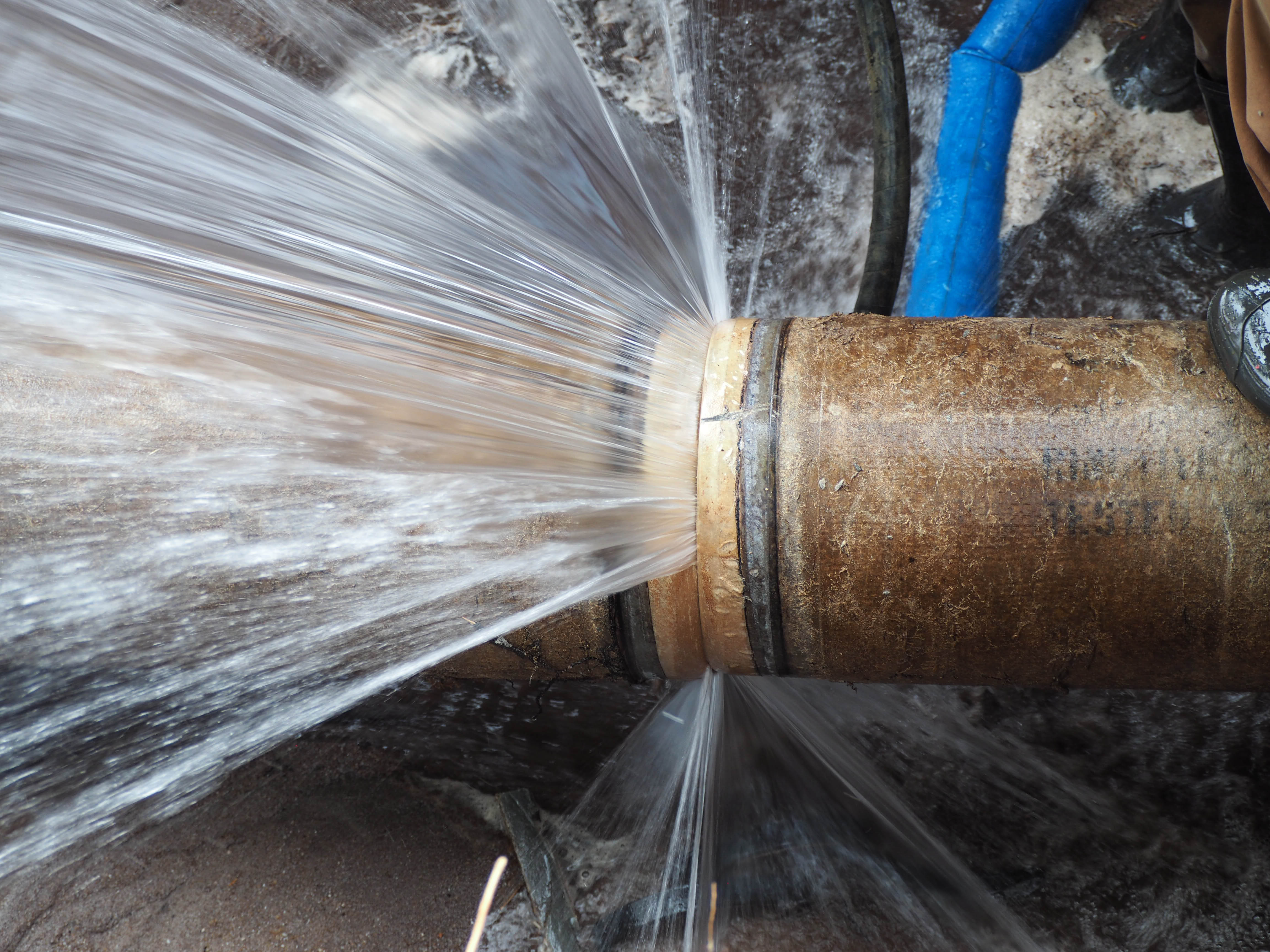Tips for Avoiding Frozen Plumbing in Cold Weather: Specialist Insights
Tips for Avoiding Frozen Plumbing in Cold Weather: Specialist Insights
Blog Article
We have noticed this post involving Prevent Frozen Pipes directly below on the internet and reckoned it made perfect sense to talk about it with you here.

Cold weather can ruin your plumbing, specifically by freezing pipelines. Here's how to avoid it from happening and what to do if it does.
Intro
As temperature levels drop, the threat of icy pipelines boosts, possibly causing pricey repairs and water damages. Understanding how to stop icy pipelines is important for homeowners in cool climates.
Recognizing Icy Pipelines
What causes pipelines to freeze?
Pipelines ice up when revealed to temperature levels listed below 32 ° F (0 ° C) for prolonged periods. As water inside the pipelines ices up, it broadens, putting pressure on the pipe wall surfaces and potentially causing them to break.
Dangers and problems
Icy pipes can bring about water interruptions, residential property damage, and expensive repair work. Ruptured pipelines can flood homes and cause considerable architectural damages.
Indications of Frozen Pipeline
Identifying icy pipelines early can stop them from bursting.
Exactly how to recognize icy pipes
Seek reduced water flow from taps, uncommon odors or noises from pipes, and visible frost on revealed pipelines.
Avoidance Tips
Insulating at risk pipes
Cover pipelines in insulation sleeves or utilize warmth tape to protect them from freezing temperatures. Concentrate on pipes in unheated or outside locations of the home.
Home heating methods
Keep indoor rooms sufficiently warmed, specifically areas with pipes. Open cupboard doors to permit cozy air to circulate around pipelines under sinks.
Securing Outside Plumbing
Garden hose pipes and outside taps
Disconnect and drain yard hose pipes prior to wintertime. Install frost-proof faucets or cover outside taps with shielded caps.
What to Do If Your Pipes Freeze
Immediate actions to take
If you presume frozen pipes, keep taps available to ease stress as the ice melts. Use a hairdryer or towels soaked in warm water to thaw pipelines gradually.
Long-Term Solutions
Architectural changes
Think about rerouting pipes away from exterior walls or unheated areas. Add extra insulation to attics, basements, and crawl spaces.
Updating insulation
Invest in top notch insulation for pipes, attic rooms, and walls. Appropriate insulation helps preserve constant temperatures and minimizes the danger of frozen pipelines.
Verdict
Avoiding icy pipes needs proactive actions and quick reactions. By comprehending the causes, signs, and preventive measures, home owners can shield their pipes throughout winter.
5 Ways to Prevent Frozen Pipes
Drain Outdoor Faucets and Disconnect Hoses
First, close the shut-off valve that controls the flow of water in the pipe to your outdoor faucet. Then, head outside to disconnect and drain your hose and open the outdoor faucet to allow the water to completely drain out of the line. Turn off the faucet when done. Finally, head back to the shut-off valve and drain the remaining water inside the pipe into a bucket or container. Additionally, if you have a home irrigation system, you should consider hiring an expert to clear the system of water each year.
Insulate Pipes
One of the best and most cost-effective methods for preventing frozen water pipes is to wrap your pipes with insulation. This is especially important for areas in your home that aren’t exposed to heat, such as an attic. We suggest using foam sleeves, which can typically be found at your local hardware store.
Keep Heat Running at 65
Your pipes are located inside your walls, and the temperature there is much colder than the rest of the house. To prevent your pipes from freezing, The Insurance Information Institute suggests that you keep your home heated to at least 65 degrees, even when traveling. You may want to invest in smart devices that can keep an eye on the temperature in your home while you’re away.
Leave Water Dripping
Moving water — even a small trickle — can prevent ice from forming inside your pipes. When freezing temps are imminent, start a drip of water from all faucets that serve exposed pipes. Leaving a few faucets running will also help relieve pressure inside the pipes and help prevent a rupture if the water inside freezes.
Open Cupboard Doors
Warm your kitchen and bathroom pipes by opening cupboards and vanities. You should also leave your interior doors ajar to help warm air circulate evenly throughout your home.

We are very curious about Helpful Tips to Prevent Frozen Pipes this Winter and I hope you liked the new piece. Sharing is nice. Helping people is fun. Thanks for being here. Come back soon.
Schedule Your Service Report this page